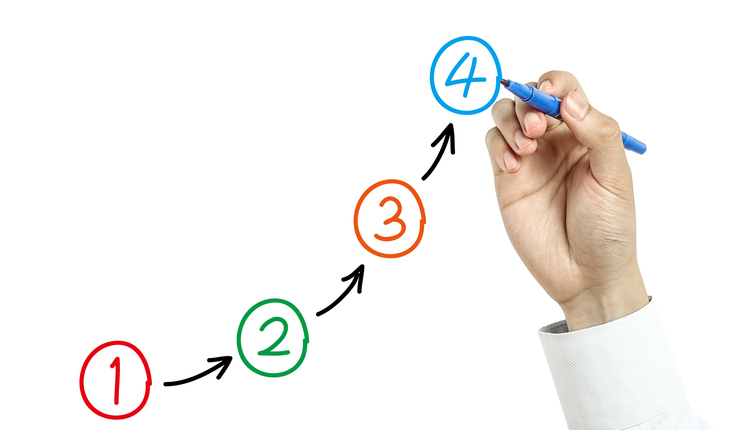
If your to-do list is a mile long or you are struggling to get your team to do what they are supposed to be doing, try this approach from a book called, 4 Disciplines of Execution by Jim Huling. The book talks about how many of us are stuck in the whirlwind of day-to-day activities and never seem to move the needle forward. It appears that we might be busy, but we aren’t really getting anything done. Running a studio or gym is a day full of many small and big tasks. We are always on the go, and before we know it, it’s 3pm and it feels like your day just started. This 4-step approach may help you manage your day.
Discipline #1 - Focus on the Wildly Important Goal
In the book, the Wildly Important Goal (WIG) is an area where you want to see an improvement or specific goal you want to achieve. Ask yourself, “If all systems and processes were left as is, what is one thing we could do to improve our organization?” The answer will give you some clarity on your WIG. A WIG should follow a basic formula: from X to Y to be completed by when.
For the purposes of this article, let’s say our WIG is to schedule 60 appointments with non-clients by the end of the month.
Discipline #2 - Act on the Lead Measures
Lead Measures are two activities performed daily to move the needle forward on your WIG. The numbers should be broken down like this:
60 appointments / 4 weeks = 15 appointments / week
15 appointments / week / 5 days (Mon – Fri) = 3 appointments per day
No more than 20% of daily time should be spent working on these Lead Measures. The book suggests that managers would sit down with the team and brainstorm activities that each team member would engage in to generate appointments. Let’s say we decide to make 10 calls per day to all prospects that we have seen in the past 4 months and get two referrals each day from current clients. Each team member would then commit to doing something specific.
Discipline #3 - Keep a Compelling Score Board
One of the most impactful paragraphs in the book is when the author talks about disengagement. Huling states that the main reason why most of us pay attention to sports is because in five seconds or less, a winner or loser can be determined. The author goes on to say that most our staff are disengaged at work because they don’t know whether they are winning or losing. The book suggests that each staff member create their own scoreboard to know whether they are winning or losing based on the Lead Measures that were established under Discipline #2. So, a staff member might create a poster that tracks his Lead Measures. “Did I make my 10 calls today? Did I get two referrals today?” By tracking, the staff member should know how he’s doing, what percent of his goal he has achieved, and where he will end up at the end of the month based on his current progress.
Discipline #4 - Create a Cadence of Accountability
A Cadence of Accountability is a 20- to 30-minute meeting with your team to discuss and check-in progress. In our example, it would be to make 50 calls (10 calls/day times 5 days) and get 10 referrals (2 referrals/day times 5 days). The beauty of this meeting is everyone committed in front of their co-workers to doing something they said they were going to do, not something that they were told to do. The idea of the meeting is to check the scoreboard and see how everyone is doing and clear the path for those that are struggling. The message you want to send is that no matter what happens, we all fulfill our obligations to the team.
Most of us struggle from a lack of organization. Using this approach will help anyone run a much tighter organization.















